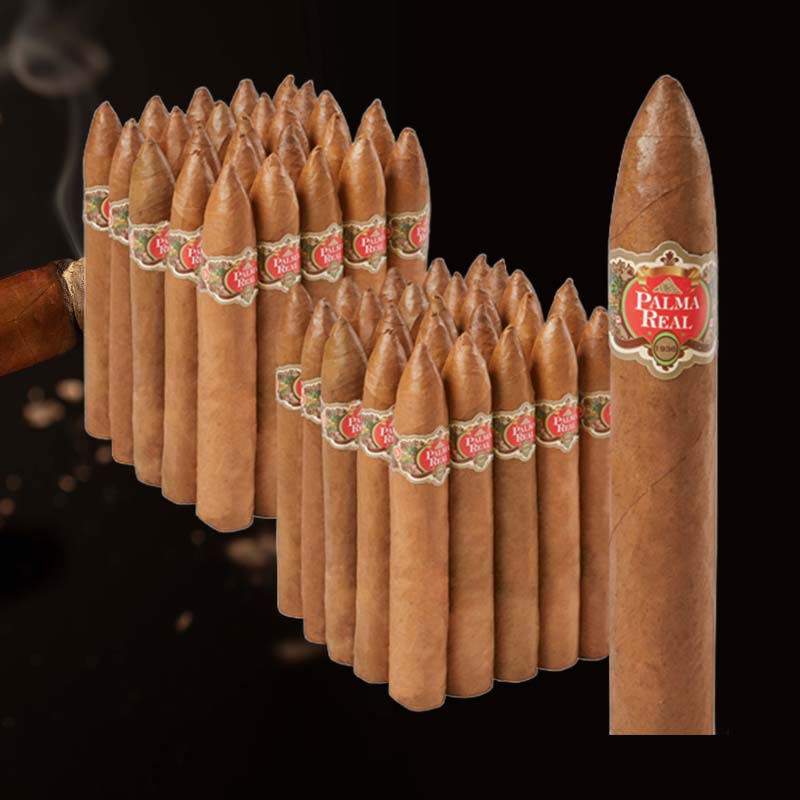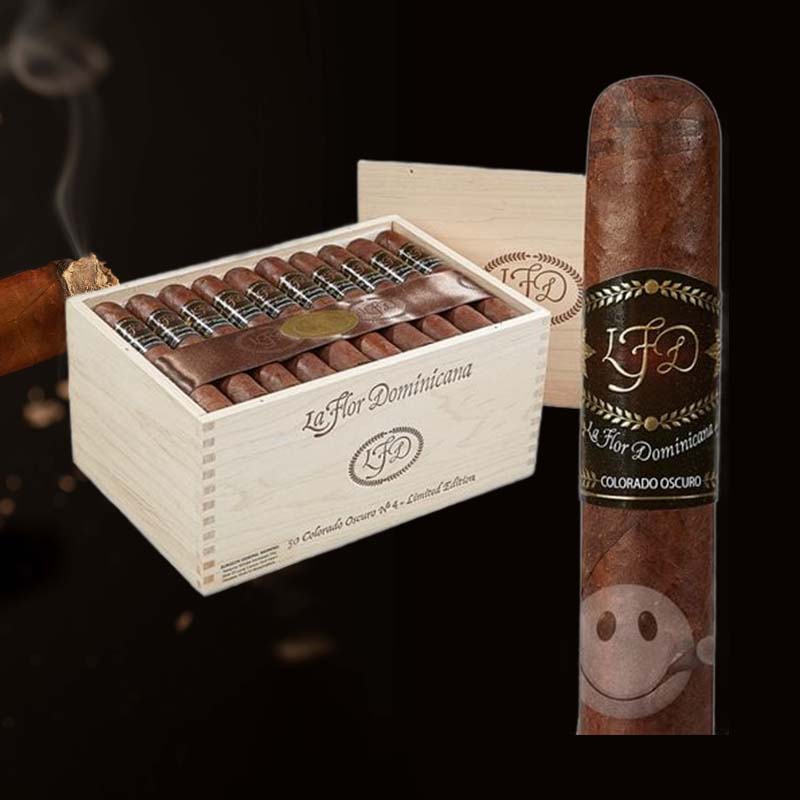Calibración del termómetro de cocina
Hoy hablamos de calibración del termómetro de cocina.
Como un cocinero doméstico dedicado, Me he dado cuenta de que las lecturas precisas de la temperatura pueden hacer o romper un plato. Es por eso que es esencial comprender la calibración del termómetro de cocina. Según un estudio del USDA, 1 en 6 Los estadounidenses se enferman de enfermedades transmitidas por alimentos cada año. Las temperaturas de cocción precisas pueden evitar estos problemas, Como los alimentos poco cocidos pueden albergar bacterias dañinas. En esta guía, Profundizaré en métodos de calibración específicos, usos, y otras ideas esenciales sobre termómetros de cocina para mantener mis comidas seguras y deliciosas.
Los dos métodos para la calibración
Método de punto de ebullición
Para calibrar utilizando el método de punto de ebullición, Llevo una olla de agua a ebullición (212° F en el nivel del mar). Luego inserto mi termómetro en el agua sin tocar el fondo de la olla. Si lee 212 ° F, Sé que es preciso. Si no, Tomo nota de la diferencia y planeo ajustarla en consecuencia. Este método funciona bien porque el agua hierve a una temperatura consistente bajo presión estándar., sirviendo como un punto de referencia confiable.
Método de punto de congelación
Para el método de punto de congelación, Lleno un vaso con hielo y suficiente agua fría para cubrir el hielo., dejándolo reposar por un minuto. La mezcla debe leer 32 ° F. Si mi termómetro se lee de manera diferente, Lo ajusté girando la tuerca de calibración o usando la función de ajuste digital. Este método es útil, ya que me permite verificar mi termómetro en varias condiciones de cocina..
Usos para su termómetro de alimentos y temperaturas para saber

Temperaturas de cocción esenciales
- Carne molida: 160° F
- Aves de corral (entero & suelo): 165° F
- Platos de huevo: 160° F
- Pez de aleta (como salmón): 145° F
- Filetes de res/asados: 145° F (con un descanso de 3 minutos)
Conociendo estas temperaturas de cocción esenciales, Puedo sentirme seguro de que estoy sirviendo platos seguros y perfectamente cocidos.. Lecturas precisas a través de mi termómetro de cocina calibrada reducen significativamente el riesgo de enfermedades transmitidas por los alimentos.
Probar su termómetro

Métodos para validar la precisión
Regularmente pruebo el termómetro de mi cocina para mantener la precisión.. Además de usar los métodos de ebullición y punto de congelación, A menudo comparo mis lecturas con un termómetro de termopar confiable., que tiene una precisión de ± 0.7 ° F. Esta simple práctica me da tranquilidad, sabiendo que mi termómetro está calibrado y confiable.
Calibración & Ajuste

Comprender las necesidades de calibración
Calibrar el termómetro de mi cocina es necesario en varios escenarios: Después de que se haya dejado caer, Después de variaciones de temperatura significativas, o al menos una vez cada tres meses según el USDA. Manteniendo un registro de verificaciones de calibración, Me aseguro de que mi termómetro siga siendo confiable durante todo el año..
Pon a prueba la precisión de tu termómetro
Pautas de prueba regulares
Recomiendo probar mi termómetro cada mes, especialmente durante las temporadas ocupadas como las vacaciones cuando cocino con más frecuencia. Si noto alguna discrepancia durante la cocina regular, Inmediatamente vuelvo a probar y ajustaré si es necesario. Esto me ayuda a prevenir inexactitudes que podrían conducir a problemas de seguridad alimentaria..
Ajuste su termómetro

Pasos para un ajuste adecuado
Ajustar mi termómetro generalmente requiere los siguientes pasos: 1) Identificar el método de calibración (ebullición o congelación); 2) Insertar el termómetro; 3) Tenga en cuenta la discrepancia; 4) Use el ajuste de calibración, Girar la tuerca para modelos analógicos o utilizar la función en modelos digitales. Hacer estos ajustes mejora la precisión del termómetro de mi cocina, que es crucial para cocinar segura.
Recalibrar su termómetro a menudo
Calibración de programación
Aprendí que establecer un horario regular para la calibración es vital para mantener la precisión del termómetro de mi cocina.. Marco mi calendario para recalibrar cada mes, Y he encontrado que esta acción simple mantiene mi termómetro en la mejor forma y me da tranquilidad mientras cocina.
La importancia de la precisión del termómetro

Impacto en la seguridad alimentaria
Según los Centros para el Control y la Prevención de Enfermedades, El control de la temperatura es crítico ya que las temperaturas de cocción inadecuadas conducen a 48 millones de casos de enfermedades transmitidas por los alimentos anualmente. Soy diligente en asegurarme de que mi termómetro sea preciso; La salud de mi familia depende de ello, Como las carnes poco cocidas pueden albergar bacterias dañinas.
Tipos de termómetros alimentarios

Tipos comunes disponibles
- Termómetros digitales
- Termómetros analógicos
- Termómetros infrarrojos
- Termómetros de sondeo
Cada tipo tiene usos específicos: los termómetros digitales proporcionan lecturas rápidas ideales para la parrilla, Mientras que los modelos infrarrojos son excelentes para las temperaturas de la superficie. Elegir el termómetro adecuado para mi estilo de cocción hace que mi experiencia culinaria sea más eficiente.
Cuándo calibrar su termómetro de alimentos

Reconocer signos de inexactitud
Con frecuencia reviso mi termómetro cuando no coincide con otros termómetros confiables conocidos, o si sospecho que un mal funcionamiento de él deja caer. Si las lecturas de temperatura parecen ser más de 2 ° F o 3 ° F, Recalibro inmediatamente. Este enfoque proactivo me ayuda a mantener mi cocina precisa y segura.
Métodos de calibración
Proceso de calibración paso a paso
1. Elija un método de calibración (ebullición o congelación); 2. Preparar agua helada o agua hirviendo; 3. Inserte el termómetro y dale un momento; 4. Ajustar según las lecturas. Este proceso metódico garantiza que el termómetro de mi cocina sea confiable y preciso., cual es mi vida de cocina.
Ajustar la calibración en diferentes termómetros

Técnicas específicas para digital vs. Cosa análoga
Para termómetros digitales, Simplemente navego a la función de calibración en la configuración, que es fácil de usar. Para termómetros analógicos, Tengo que girar la tuerca de calibración hasta que se alcance la temperatura deseada mientras está en el hielo o el agua hirviendo. Comprender estas diferencias asegura que mantenga el termómetro de mi cocina calibrado adecuadamente y pueda confiar en él durante la cocción.
Prueba de precisión del termómetro post-calibración
Pasos de verificación finales
Una vez que he recalibrado, Voy a verificar con métodos de ebullición y congelación. Si mi termómetro digital se lee con precisión a 32 ° F y 212 ° F, Me siento seguro de su rendimiento antes de comenzar a cocinar. Esta verificación final asegura que todos mis platos se cocinarán a la temperatura correcta..
Errores de calibración comunes para evitar

Consejos para resultados precisos
Algunos errores para evitar incluyen: 1) No espero lo suficiente para una lectura estable; 2) Insertar la sonda de manera incorrecta; 3) Olvidando probar los métodos de ebullición y congelación. Siguiendo estas pautas, Puedo lograr una calibración precisa del termómetro de cocina cada vez.
When NOT to Calibrate Your Thermometer

Understanding Limitations
I know not to recalibrate my thermometer if it is functioning properly and provides consistent results. Over-calibrating can lead to confusion and inaccuracies, hence I focus on accurate checks instead.
Mantener su termómetro de alimentos

Las mejores prácticas para la longevidad
To ensure my thermometer lasts long, I can practice these habits: storage away from extreme conditions, regular cleaning with mild soap, avoiding submersion if not rated for it, and checking for battery issues in digital models. These actions augment the lifespan and reliability of my kitchen thermometer.
Conclusión y comida llave
Resumiendo los puntos clave
En resumen, understanding kitchen thermometer calibration is a key element in achieving both cooking precision and food safety. Siguiendo los métodos de calibración adecuados, Reconociendo cuándo ajustarse, y garantizar una precisión consistente, Puedo mejorar mi estilo de cocina y mantener a mis seres queridos a salvo.
Preguntas frecuentes

¿Cómo se calibran un termómetro de cocina??
Calibro un termómetro de cocina utilizando el método de punto de ebullición, Confirmando que lee 212 ° F, o con el método de punto de congelación, Asegurar que lea 32 ° F, Hacer ajustes según sea necesario.
¿Cómo se calibran un termómetro de estufa??

Para calibrar un termómetro de estufa, Comparo sus lecturas con un termómetro preciso conocido o lo ajusto de acuerdo con los métodos de ebullición o punto de congelación.
¿Puedes calibrar un termómetro para el hogar??

Sí, Puedo calibrar un termómetro para el hogar como un termómetro de cocina utilizando el punto de ebullición o los métodos de punto de congelación para garantizar que sus lecturas sean precisas.
¿Cómo sé si mi termómetro de comida es preciso??

I check if my food thermometer is accurate by testing it against boiling and freezing water, ensuring it reads the proper temperatures, and adjusting as needed for consistent results.





